Writing content and starting a blog is just a mess. Now, it’s an AI era, so I have a question: can AI-generated content rank on Google?
Yes, most of the time, AI content can get ranked on Google by following Google’s guidelines and content optimization policy.
If your content is quality and relevant to high-quality content, it may get ranked on Google without any doubt.
According to Google, they love to see AI transform in every industry, like content writing; you can use it for updated knowledge.
AI is now under development and, hopefully, will be more mature after four or five years.
But should we use it for copywriting as it’s in early bird?
Look, my answer is straightforward, and I want to use AI everywhere, wherever possible.
Regarding the content writing sector, it makes it easier to understand how to start a blog and its outlines.
Using AI tools like ChatGPT, you can give prompts to generate an outline of any blog post using focus and relevant keywords.
By analyzing the output, choose and keep the best out that matches your brand and content intent.
Before jumping into the topic, you should know about AI content.
What is AI content?
Well, it’s a universal question when you are trying to explore your content writing journey. You can generate thousands of words with a single click using ChatGPT, Jasper.ai, Copy.ai, and similar tools.
Based on Large Language Models (LLMs), these tools can generate text content using different types of languages like BERT, GPT-3,3.5,4, Lamda, Llama, Claude, Cohere, Ernie, Falcon 40B, and more.
Using some specific prompt, the AI (Artificial intelligence) will generate a bunch of paragraphs or, in some circumstances, a whole article within a minute.
So, AI content generates content using machine learning intelligence without any human touch; you may create thousands of poorly organized content with missing coherence, logic, and factors that should be contained in a sentence.
We are human beings; we are all connected with emotions and always love reading emotionally and logically connected sentences.
Can AI-generated Content Rank on Google?
It depends on many factors, and Google never said they don’t allow AI-generated content.
However, they have solid guidelines about AI-generated content when publishing it as an article or blog on your site.
Google said they want AI transformation everywhere; content writing is not out of them.
Make your content helpful and relevant with search intent; Google is ready to rank your content without seeing if it’s AI-generated or human-written.
By obeying Google’s violation and spam policies, your content can get rewarded to Google’s SGE/SERP.
Using auto-generated raw content may ruin your Google ranking for some specific reason that Google notes;
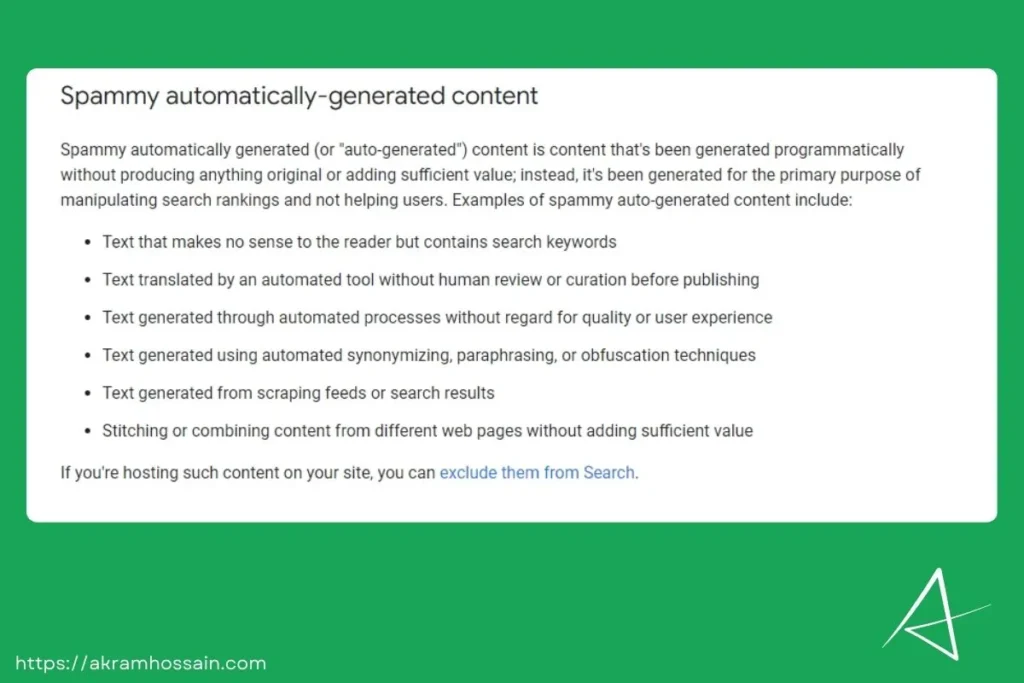
Following the above guidelines, you can make your content useful, helpful, and relevant based on user search intent.
I’ll explain these points below; before that, I want to inform you that AI content isn’t banned from Google. You just have to follow the criteria to get a rank.
Some significant reasons to get de-indexed from Google SERP:
- Spammy Auto-Generated Content
- Thin-Affiliate Page
- Irrelevant Content
- User-generated Spam
- Scam and Fraud
- False and misinformation
The last line of this conversation is if you generate content using AI, you have to optimize for human reading as a human being.
It looks hard to understand, so let me explain extensively how you can optimize your AI content for Google.
How Do You Optimize AI Content for Google Rank?
After generating AI content, you should not publish it on your site without making it suitable and helpful for your targeted audience.
As I discussed above, AI content isn’t initially organized and ready to be published to make it readable and helpful. Need to add relevant information and data.
Let’s have a look at some steps to make your AI content into optimized SEO-friendly content;
1. Understanding Your Audience
Without understanding your targeted audience, you are going to the goalless destination. But here, you have to set the target on your audience before publishing or writing content.
For example, if your regular audience is SMEs, but you are writing your content for large companies, it may hamper your ranking or make less authority in your niche.
Keep everything relevant to your niche, topical authorities, targeted audience, etc.
So, for any type of content, you must understand the right audiences and cook your content exactly for them.
2. Structuring Content with Proper Headings
Nobody will read the bookish-type content on your site. Readers need some entertainment with information. They love to get engaged with your content while reading.
Use a proper heading structure for your blog post that helps organize and keep your content clean.
Using relevant headings and bullet points separates your paragraph, making it easy to understand your content.
Most importantly, AI-generated content isn’t well-structured with relevant headings, although they use headings and bullet points. But these aren’t enough to explore content in depth.
You know the searcher’s intent; AI doesn’t.
3. Utilizing Natural Language Processing (NLP) on Your Content
AI doesn’t maintain the Natural Language Processing (NLP) for content generating, but readers don’t fit without the NLP model.
After generating AI content, give the human touch to convert it into your content human-proof with the NLP model.
NLP makes a paragraph or story realistic with the latest data and human-nature information that engages readers to read more, and they feel an authentic experience while reading.
4. Add Relevant Assets
Visualizing your content would be raw rice without curry; you need to add relevant visuals like images, gifs, infographics, GIFs, and videos.
Using these will make your content more appealing, and readers will get connected with your content.
For the rest of the day, you must provide content readers can read and understand to get information and solve their problems.
An image can tell hundreds of words, and a video can tell thousands of words in under 30 seconds, and these are always more acceptable assets than text content.
5. Ensuring Content Fits with User Intent
Again, creating content without a goal to fulfill readers’ needs, your content may not get the expected rank on Google.
AI tools can’t understand what information and data your audience needs; you know them better.
So, make your content to the point instead of longer than usual. Long content does not always get higher readability toward readers.
Ensure these things on your content:
- To the point
- Concisely explained
- Clear concept
6. Include Latest Information
When you search for a specific topic or brand, you may see Wikipedia is always in the top position. Have you ever wondered why Wikipedia always stays on top?
Just because they update their content with the latest information and data regularly, even daily.
Updating your content with the latest and fresh information indicates to Google that you are aware of your content and care about your user’s satisfaction.
Regularly updating content passes the signal to search engines about the updated information, and they love to reward these types of content.
7. Remove Grammatical Errors and Typos
Human beings aren’t Grammatically accurate at all times, so before publishing your content on a live page, you should check grammatical errors and typos using grammar checker tools.
Language type is important here. For example, you should use US English when writing content in the US region. It helps readers to read your content locally.
Localized language allows readers to connect with your content locally and manages their reading capability.
Typically, AI has no Grammar or Typos, as they are pre-programmed. But when you give the human touch to your content, it comes to checking grammatical issues, for instance.
8. Avoiding Duplicate Content
Most of the time, AI generates the same content for different and similar prompts by ChatGPT, Gemini (Formerly Bard), and other similar tools.
Conversely, check the content on your site that already exists and remove that content from your current content, which may prevent duplicate content issues.
Using the same content on several pages may give you a duplicate content penalty by Google. So you should be aware.
So, this was the shortlist to make your AI content into SEO-optimized human-readable content that stands on Google.
These aren’t final that you have to follow these things, but these are the guidelines to follow. I also follow the same process to convert AI-generated content into SEO-optimized content.
Some of My AI Content Tests With Result
Well, here, I have different types of experience from my experiment about AI content. The Performance-wise AI content gives additional data that should or should not be used for your content.
The sad reality is AI content is ranked in 40-50 positions regularly. Rather, Human-written content gets higher ranks, like 1-30 at present.
Even AI-written content gets 58 clicks per month, whereas human-written content gets 285 average clicks from SERP.
You can understand their difference, and the decision is now completed. And let’s see our experiment result for now;
Experiment #1
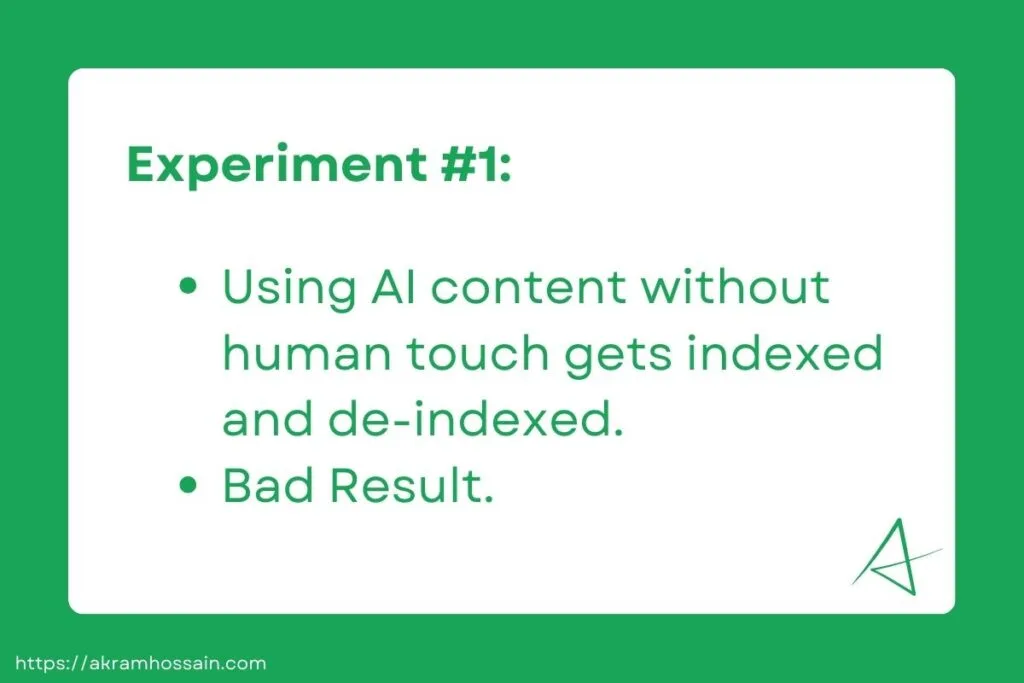
Using ChatGPT, generated content, and it was indexed and further de-indexed. I didn’t get a chance to check their SERP results.
It was the untouched version of AI content, and the result was drastically bad.
Experiment #2
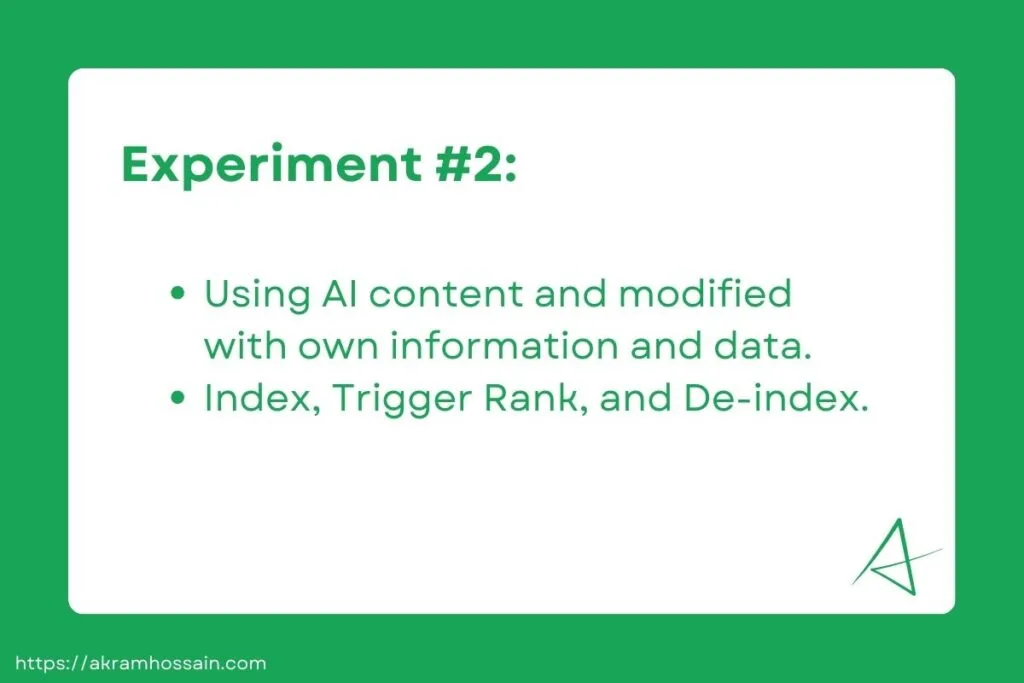
I have generated content using AI, modified it with some data, added relevant information, and published it on my site.
Content gets indexed, triggers SERP rank, and then de-indexed.
P.S. If you see your AI-written content get ranks and you get traffic from here, there is a high chance that you may get de-indexed from Google. So, it’s an uncertainty.
The result was hopeful, but nothing was gained from this experiment. Well, let’s move it away.
Experiment #3
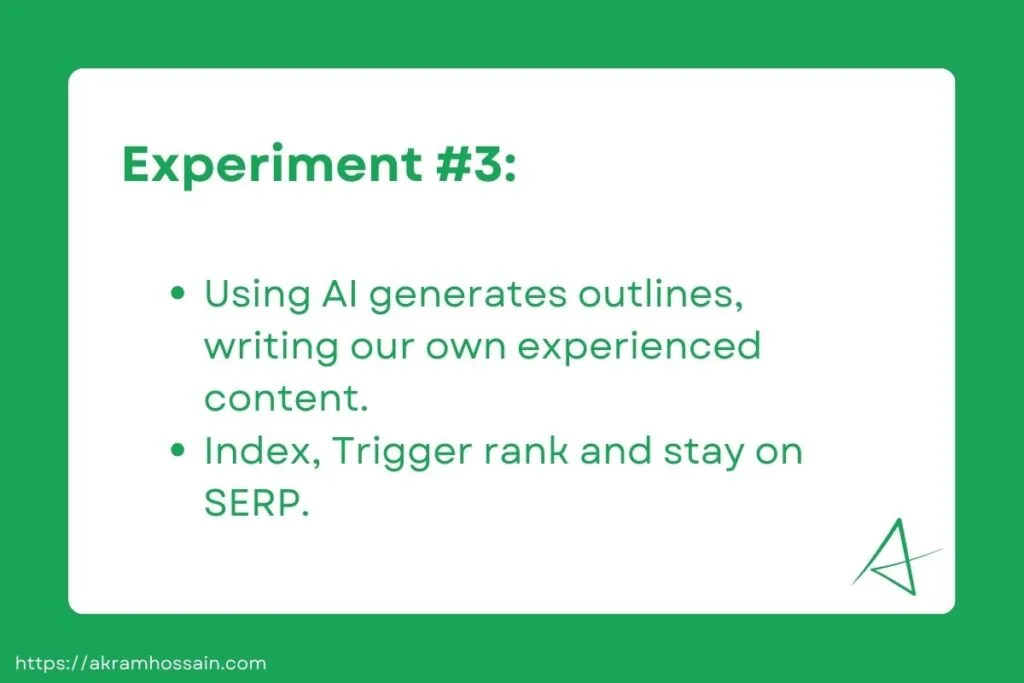
The last one is the best solution for using AI. You can generate outlines, topics, and blog post structures with AI.
After getting outlines of your desired content, edit and remove/add information that may fit your content.
Thus, it will be fully human-written content that actually stands on Google Search Results. That means AI content isn’t well enough to rank on Google right now.
Google loves AI transformation everywhere as much as it fits, but under development, things aren’t fit for rank.
In my #3 experiment, only a single percent of content was generated by AI tools, but most of the data, information, structure, and formalities were written by humans.
Now, it’s clear that AI-generated content may get ranked on Google, but you have to modify it with your data and make it clear with logic, coherence, reality, information, accuracy, and more.
Should I Write Content Using AI?
Long story short, you can use AI to generate content, but you can’t fully utilize it for your content marketing journey.
As AI is in the beta stage, they have lots of improvement to complete and are gradually improving.
We hope they will make those types of improvements in their AI languages so that AI can think like humans.
AI isn’t a replacement for human beings; they are just a tool for us, and we can utilize it in many ways. Writing content for a blog, poetry, articles, or magazines isn’t right to for AI tools.
There is no restriction to use AI tools for blog content writing. Still, the output of the AI is not acceptable for human readers, even if they didn’t grab the original data and information that we actually need to insert on our blogs.
Yet, if you want to use AI, there is a solution to generate content outlines, structure blog content, and complete it with your experienced data that is helpful and provides value to your audience.
1. Can AI-generated content really compete with human-written content in terms of SEO?
- Now, not right now, AI-generated content, when optimized correctly, can compete effectively by meeting SEO standards and providing valuable information.
2. How frequently should I update my AI-generated content for optimal SEO performance?
- Regularly, at least every few months, help maintain freshness and relevance for SEO purposes. By regularly updating content, it doesn’t stay with AI-generated. It has been moved into regular human-written content.
Takeaways
- Focus on human-written optimized content
- Generate content’s outline using AI
- Optimize AI content with own information, data, and logic
- Don’t rely on AI-generated content for ranking on Google
Conclusion
So, the last line is here that AI content isn’t demoralized by Google. You can use AI to generate blog content.
With my recent experiment for AI content ranks on Google. You may get an idea of how you can use it for your next project.
The final solution of AI content is to generate AI content optimized with your own experienced and informative data.
Again, AI is in development, and you will willingly explore it with its baby version. Let it grow, and hopefully, in the future, we can use full-fledged AI for our content writing.
So, will you use AI to generate content?


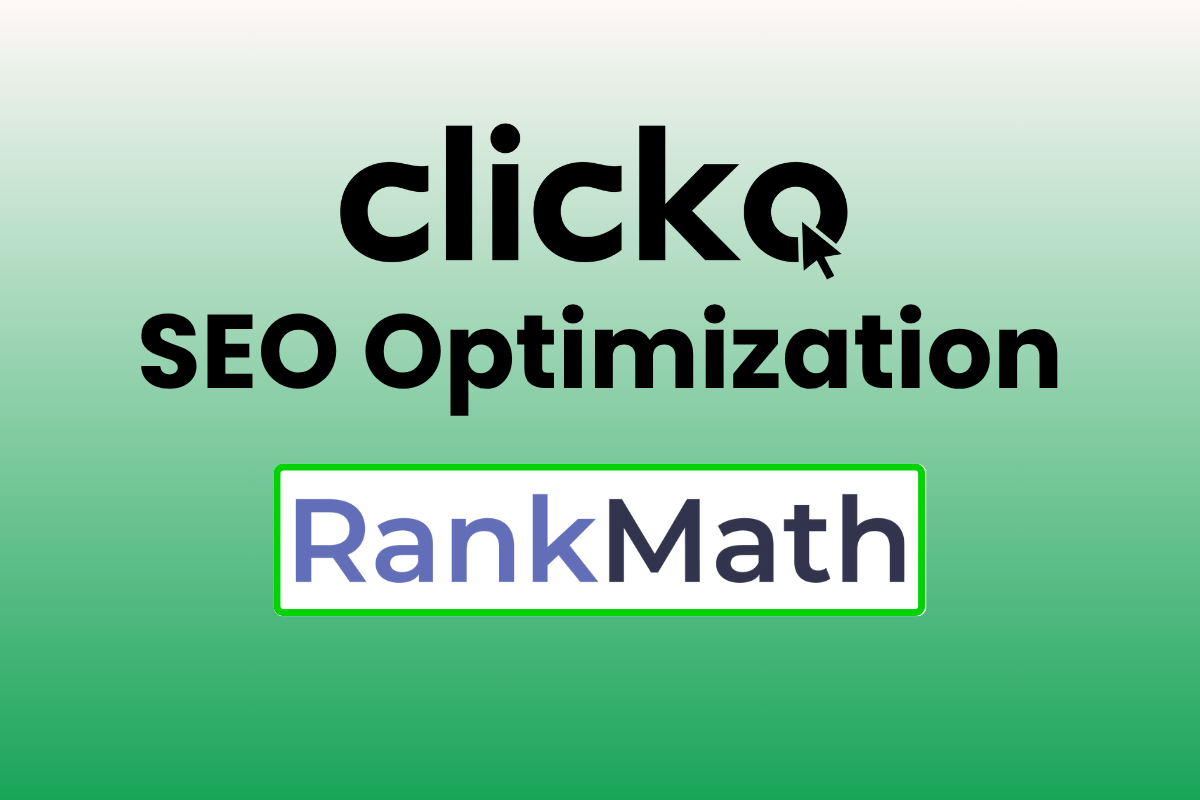
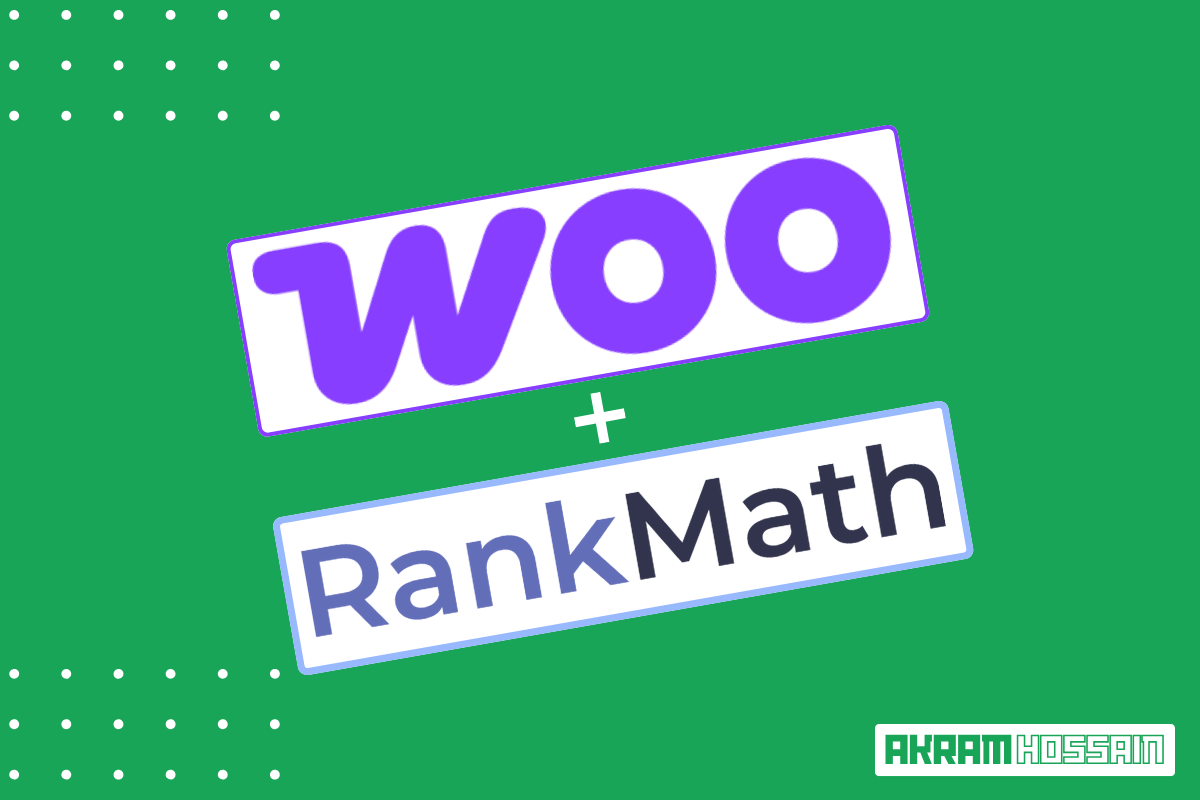
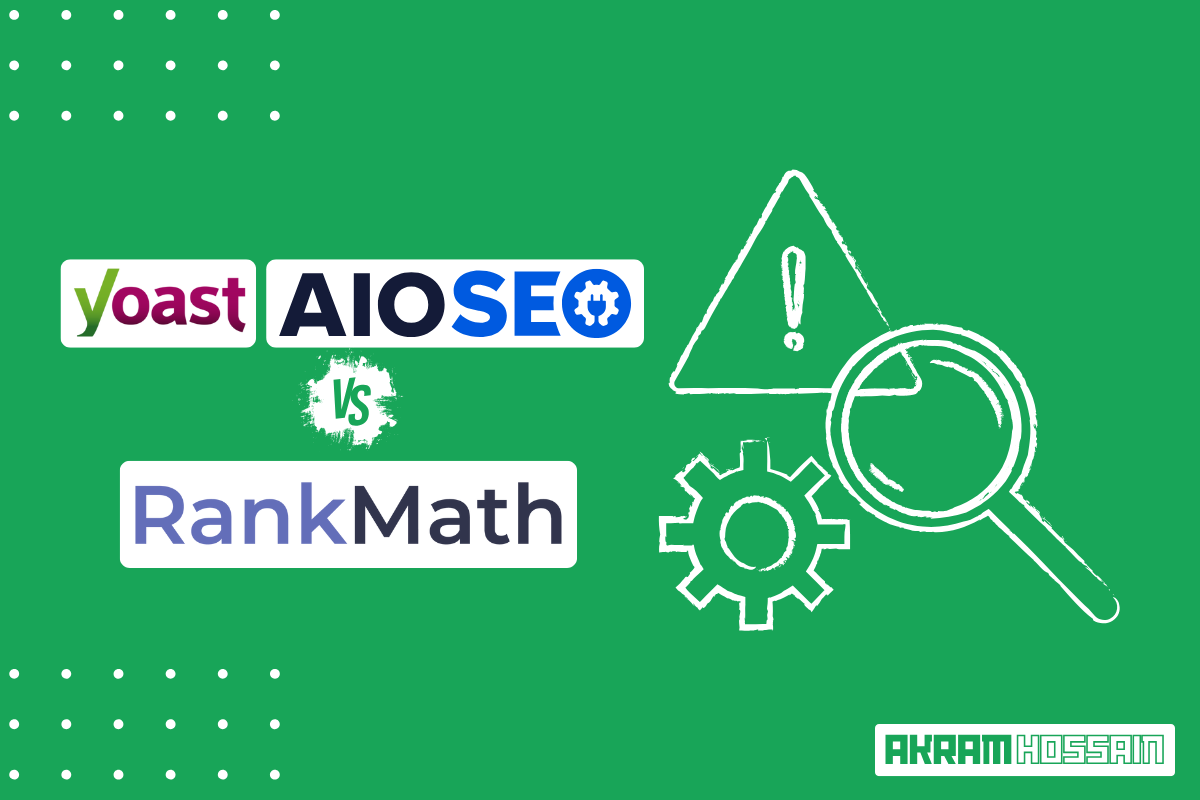

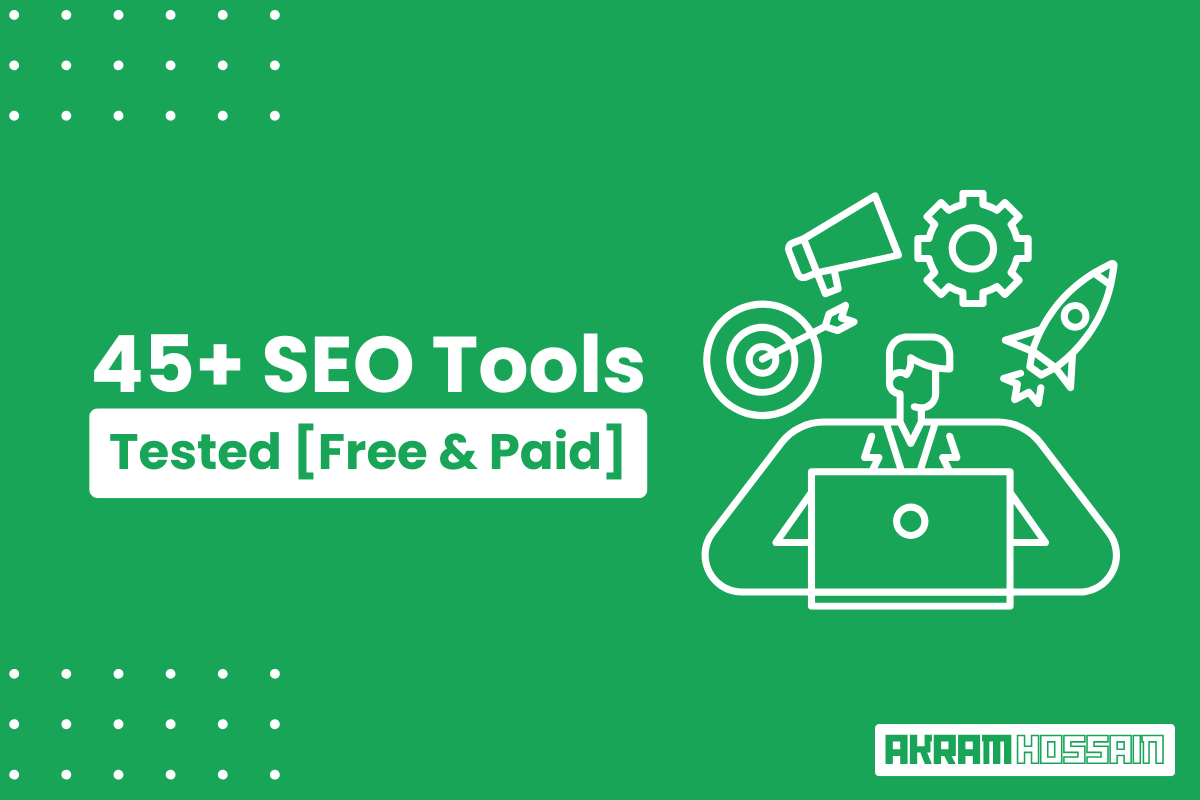
2 Responses
Yes,
Thanks